Advertisement
When businesses think about shifting their operations to the cloud, it’s not just about storage anymore. It’s about being able to think less about infrastructure and more about getting things done. Among the major players in the cloud space, Google Cloud Platform (GCP) stands out for a reason—or actually, several.
Let’s get straight to the point. Whether you’re managing terabytes of customer data or trying to keep your team of developers sane with better tools, GCP has some very real advantages. Not vague promises, but things that show up in your daily operations and bottom line.
Growth should feel exciting, not stressful. With GCP, scaling up or down is more like turning a dial than overhauling an entire system. Whether your traffic spikes for a seasonal campaign or your app takes off overnight, GCP adjusts.
Here's why that matters: Traditional systems can make scaling feel like rebuilding your house just because you invited more guests. But with GCP's compute engine and autoscaling, you can simply expand as needed. No downtime. No panic meetings with your IT team.

It’s not just about handling more users. It’s also about maintaining performance while you do it. And that means your customers won’t be stuck staring at loading screens.
Nobody wants to spend their mornings reading through security reports. Google knows this—and it’s baked into GCP. Their security model is based on the same framework they use to protect products like Gmail and Search. That’s billions of users, guarded around the clock.
And the best part? You’re not left trying to configure it all on your own. Features like Identity and Access Management (IAM) mean you control who gets what access, while Google handles the firewalls, patch management, and hardware security.
For most businesses, this means less time worrying about vulnerabilities and more time focusing on what actually brings in revenue.
If your team uses Google Docs, Drive, or Meet, then you’ve already seen how smooth collaboration can feel. But GCP takes it a step further. When you shift your backend to GCP, your tools start working together in a way that makes everything simpler.
Developers can work in the same environment without fighting version control nightmares. Analysts can pull real-time data from BigQuery without waiting for someone to upload a CSV. Designers, marketers, support staff—they all get a slice of this improved connectivity.
And this matters because friction kills productivity. GCP removes those little daily interruptions that slow everything down. So your team stays in sync, without extra check-ins or workarounds.
Your data is only as good as what you do with it. GCP offers tools that don’t just store your data—they help you use it. BigQuery, Cloud Dataflow, and AI Platform give you the power to analyze, predict, and optimize like a pro, even if you don’t have a data science team.
The real draw here isn’t just the tools themselves, but how accessible they are. You don’t need to be fluent in five programming languages to start running queries or training models. You can go from raw data to actual insights without leaving the platform.
So instead of just collecting information, you’re putting it to work—tracking user behavior, forecasting demand, fine-tuning campaigns. It’s all within reach.
This one’s a big deal. Cloud costs can get out of hand if you’re not careful. But GCP has a way of letting you scale without feeling like your wallet’s scaling too.
With features like sustained use discounts, per-second billing, and smart recommendations from Google’s Cost Management tools, you’re not just throwing money into a black hole. You get visibility into what you’re spending, where, and why.

And if you need to cut back, you can make quick adjustments. No penalties. No surprises on your invoice. Just actual control.
One overlooked advantage of moving to GCP is the reach. Google has data centers spread out across the globe, and when your business runs on GCP, that network becomes your own. This means faster load times for your users—whether they’re in New York, Tokyo, or Cape Town—because your content is served from the nearest available location.
But speed is just one part of it. This kind of infrastructure also boosts reliability. If one region goes down, traffic gets rerouted automatically with minimal disruption. So instead of scrambling to fix a broken server halfway across the world, your users barely notice anything happened.
And for businesses looking to expand into new markets, this kind of built-in global support removes one more layer of complexity. You can launch faster, deliver faster, and support your users like you’re already on their turf.
Not everyone has a team of engineers ready to architect a complex cloud environment from scratch. GCP knows this and offers a range of managed services to get you up and running fast.
Whether you’re moving a website, setting up a new data pipeline, or hosting an app, you can take advantage of services like App Engine, Cloud Functions, and Cloud Run. They handle the behind-the-scenes stuff like scaling, patching, and uptime, so you can focus on building the thing you actually care about.
For small teams or businesses without deep tech resources, this is a lifesaver. You get performance without the overhead.
Choosing a cloud provider isn't just a technical decision. It affects how your team works, how fast you can grow, and how smoothly your business runs day to day. Google Cloud Platform gets a lot of the basics right, but also offers the kind of extras that start to feel essential once you use them.
From streamlined collaboration to smart cost controls, GCP isn’t about giving you more complexity. It’s about reducing the load, so you can focus on what actually matters—serving your customers and building something worth noticing. And that’s not something you want to postpone.
Advertisement

How Q-learning works in real environments, from action selection to convergence. Understand the key elements that shape Q-learning and its role in reinforcement learning tasks
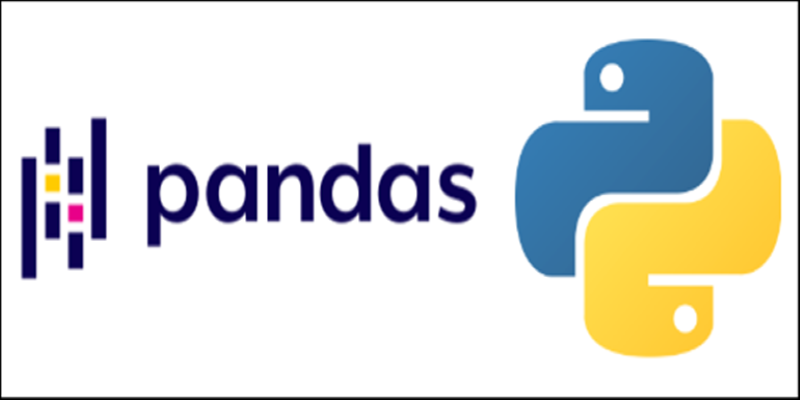
Discover lesser-known Pandas functions that can improve your data manipulation skills in 2025, from query() for cleaner filtering to explode() for flattening lists in columns
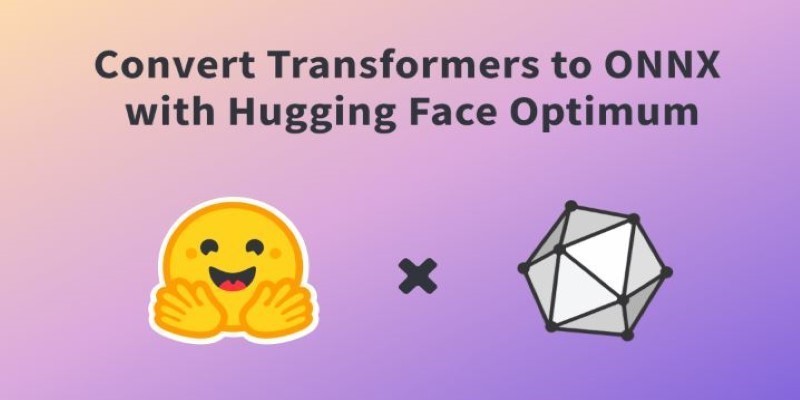
How to convert transformers to ONNX with Hugging Face Optimum to speed up inference, reduce memory usage, and make your models easier to deploy across platforms
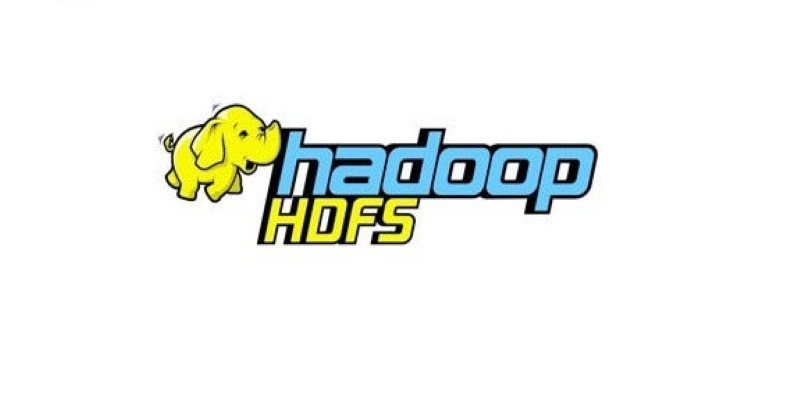
How does HDFS handle terabytes of data without breaking a sweat? Learn how this powerful distributed file system stores, retrieves, and safeguards your data across multiple machines

How Stable Diffusion in JAX improves speed, scalability, and reproducibility. Learn how it compares to PyTorch and why Flax diffusion models are gaining traction
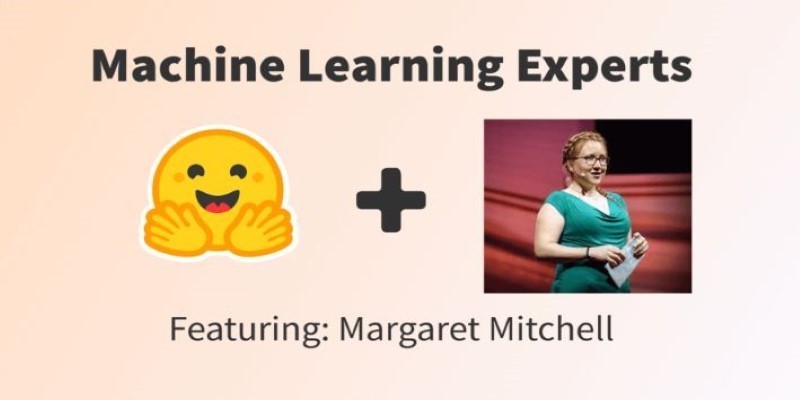
How Margaret Mitchell, one of the most respected machine learning experts, is transforming the field with her commitment to ethical AI and human-centered innovation

Curious why developers are switching from Solidity to Vyper? Learn how Vyper simplifies smart contract development by focusing on safety, predictability, and auditability—plus how to set it up locally

Confused about MLOps? Learn how MLflow makes machine learning deployment, versioning, and collaboration easier with real-world workflows for tracking, packaging, and serving models
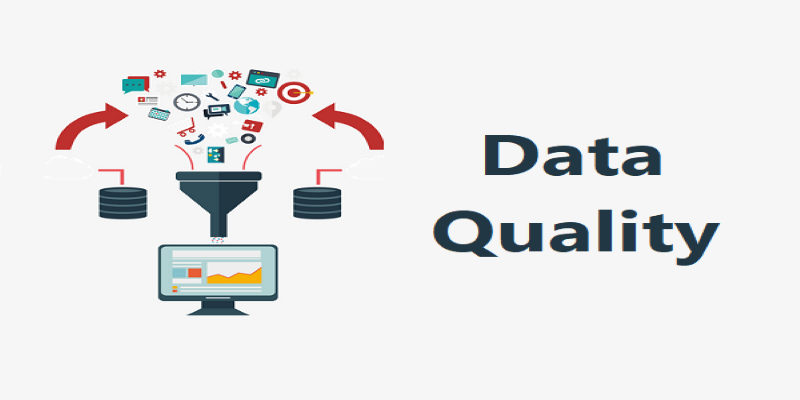
Explore how data quality impacts machine learning outcomes. Learn to assess accuracy, consistency, completeness, and timeliness—and why clean data leads to better, more stable models
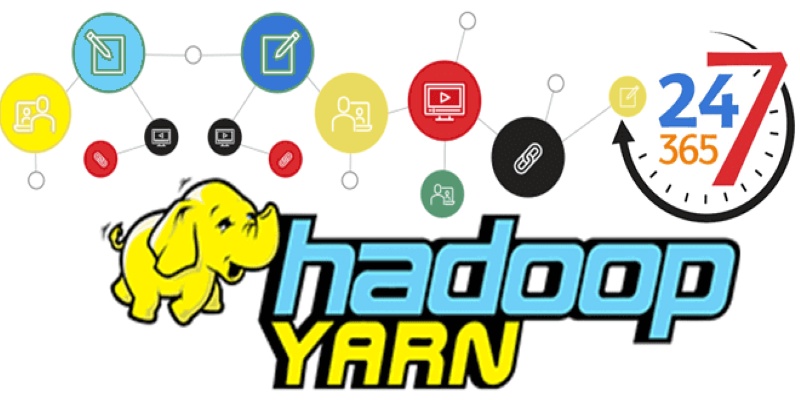
New to YARN? Learn how YARN manages resources in Hadoop clusters, improves performance, and keeps big data jobs running smoothly—even on a local setup. Ideal for beginners and data engineers

Curious about how to start your first machine learning project? This beginner-friendly guide walks you through choosing a topic, preparing data, selecting a model, and testing your results in plain language
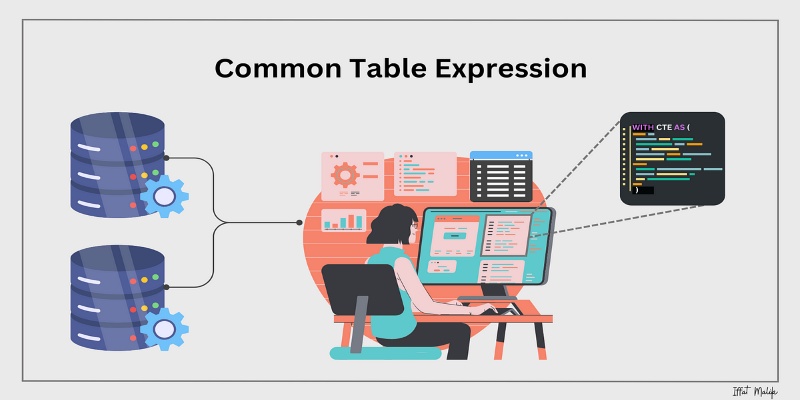
Learn what a Common Table Expression (CTE) is, why it improves SQL query readability and reusability, and how to use it effectively—including recursive CTEs for hierarchical data